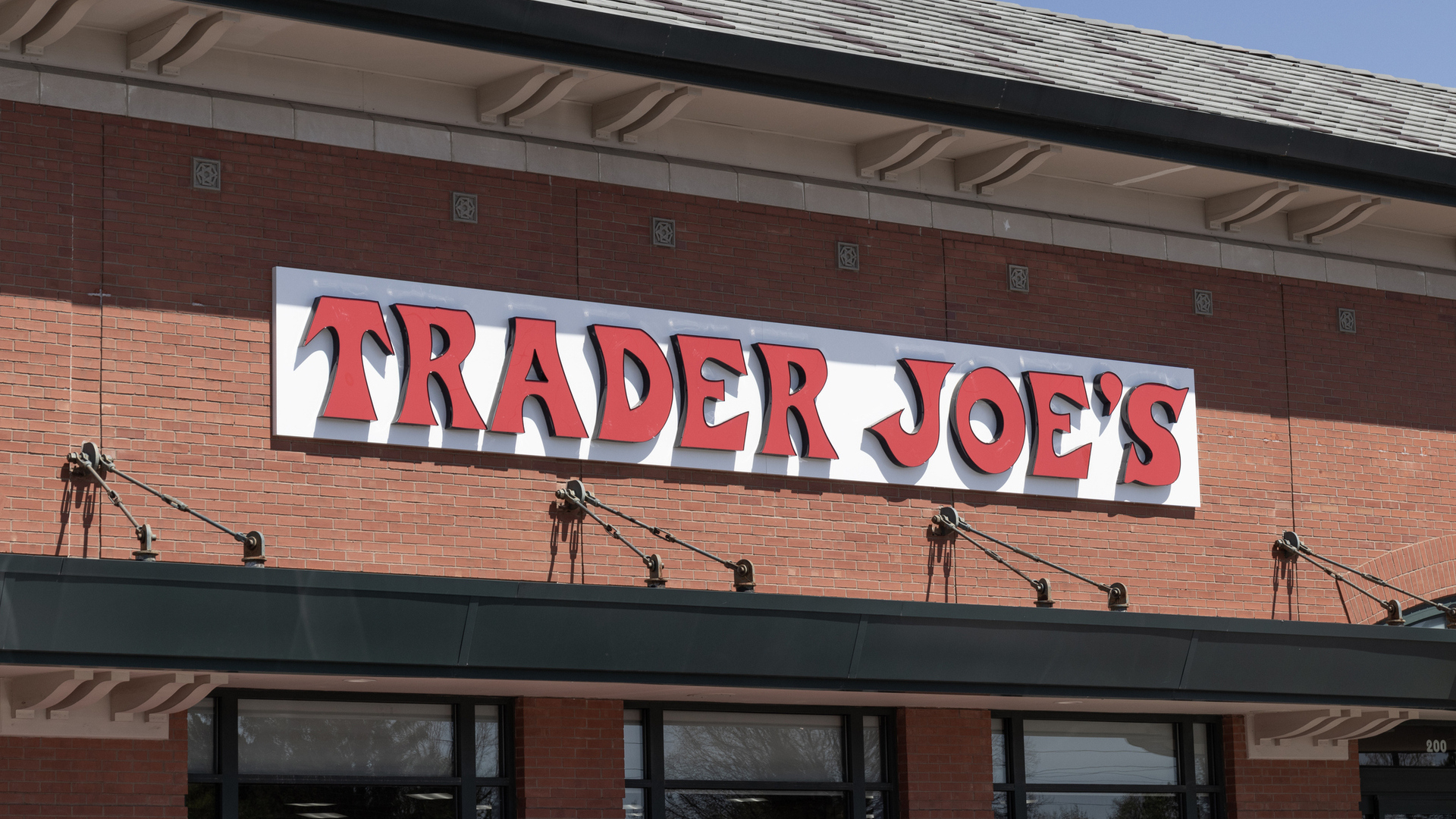
HOW DOES TRADER JOE’S SET ITS PRICES? A LOOK INSIDE THE GROCERY CHAIN’S PRICING STRATEGY
Grocery store chain Trader Joe’s has a reputation for selling unique eats at inexpensive prices. Consider the Mandarin Orange Chicken, a popular Customer Choice Awards winner at $4.99 a bag, or Charles Shaw wine, which has been affectionately nicknamed “Two Buck Chuck” by Trader Joe’s shoppers. (Or should we start calling it Four Buck Chuck? In recent years, the price has increased to $3.99.) A slight uptick in wine prices aside, Trader Joe’s shoppers keep coming back because great prices are part of the store’s value.
That’s Interesting: I’m a Shopping Expert: 6 Things Retirees Should Never Put In Their Grocery Cart
Find Out: How To Get $340 Per Year Cash Back on Gas and Other Things You Already Buy
As more shoppers look for ways to cut grocery costs and save money, they might wonder what goes into Trader Joe’s pricing strategy. In a recent episode of the Inside Trader Joe’s podcast, co-hosts Tara Miller and Matt Sloan dig into the details of how Trader Joe’s sets its prices.
Defining Cost Versus Price at Trader Joe’s Using Olive Oil
Sloan kicks off the podcast by defining the difference between cost and price at Trader Joe’s. Cost is what Trader Joe’s pays to its source. Price is what Trader Joe’s charges its customers.
Take the example of olive oil. Chris, Trader Joe’s senior category manager, spoke on the podcast about how supply has recently been challenged with olive oil. This is because olives grow in regions where it’s a little hotter and there’s less rainfall.
Chris said a little over half the world’s supply of olive oil comes from Spain, the biggest grower of olives. Drought, excessive heat and a few bad harvests in a row has resulted in not enough oil — and not enough olive oil means higher prices and higher costs.
When their costs change, Sloan said the prices at Trader Joe’s change.
Check Out: 5 Best Deals To Buy at Big Lots in July 2024
Does Trader Joe’s Lower Its Prices?
The answer is yes, according to Miller and Chris.
“We are very, very reluctant to raise our retails. That’s the decision of last resort,” said Chris. “When costs are going down, we don’t wait. We lower the retails the second we find out the cost is going down.”
Part of Trader Joe’s philosophy is that the grocery chain acts as a buying agent for its customers.
“We want to get you the best deal. When prices are lower, people tend to buy more stuff,” said Miller.
What’s Dropping in Price at Trader Joe’s?
Cara, a category manager for snacks, nuts and dried fruit, joined Miller and Sloan to talk about almonds, which have been rapidly declining in price at Trader Joe’s.
Almonds, Sloan said, have a “built-in supply cycle” because the same output of almonds isn’t consistent every year. Prices either go up or come down. Right now, they’re going down thanks to the California crop.
According to Cara, the state of California produces 80% of the world’s almonds. Thanks to having weather that’s typical of a Mediterranean climate and plenty of rain over the last few years, the California crop has been thriving. Once the crop is at its peak and the chain looks at its volume and amount of stores and sales, Cara said Trader Joe’s is able to negotiate a good price for almonds.
“We sell different varieties of nuts in almonds,” said Cara. “We sell what we call the raw and we have a half salt and salted. We also sell slice and sliver and we lowered each of those items by a dollar.”
Right now, Cara said the price of roasted and salted almonds at Trader Joe’s is $5.99. This is a dollar less than the original price of $6.99. For baking products with slivered and sliced, they’re at $2.99 — originally $3.99 for eight ounces.
Why Trader Joe’s Doesn’t Use a Cost-Plus Pricing Model
In closing the podcast, Miller and Sloan answered the question as to why Trader Joe’s doesn’t use a set markup or percentage for the items it sells, otherwise known as a cost-plus pricing model.
The simple reason why is Trader Joe’s wants to make sure they have compelling prices.
“We lead with our customers in mind, and at the end of the day, we have to pay our bills and pay our folks working in stores,” said Sloan. “We need to make a reasonable, fair markup that’s our profit on it, and that can really vary product by product or even throughout time over the course of the year.”
For example, shoppers who want to purchase sunscreen at Trader Joe’s will quickly notice the price tag is a lot lower compared to similar products or brands at other big-box retailers.
This is an example of why Trader Joe’s doesn’t use a cost-plus pricing model. Sloan said the world may say they need a 250% markup on sunscreen, but Trader Joe’s won’t do that.
“Sometimes our prices go up because costs change in the world,” said Miller. “But if our costs go down, and they often do, we lower our retail prices for our customers almost immediately. That I think really sets us apart from other folks who sell groceries.”
More From GOBankingRates
- 8 Rare Coins Worth Millions That Are Highly Coveted by Coin Collectors
- Housing Market 2024: Home Prices Are Plummeting in 10 Formerly Overpriced Housing Markets
- 5 Moves Every Woman Should Consider Before Retirement
- This is The Single Most Overlooked Tool for Becoming Debt-Free
This article originally appeared on GOBankingRates.com: How Does Trader Joe’s Set Its Prices? A Look Inside the Grocery Chain’s Pricing Strategy
2024-06-28T19:12:15Z dg43tfdfdgfd